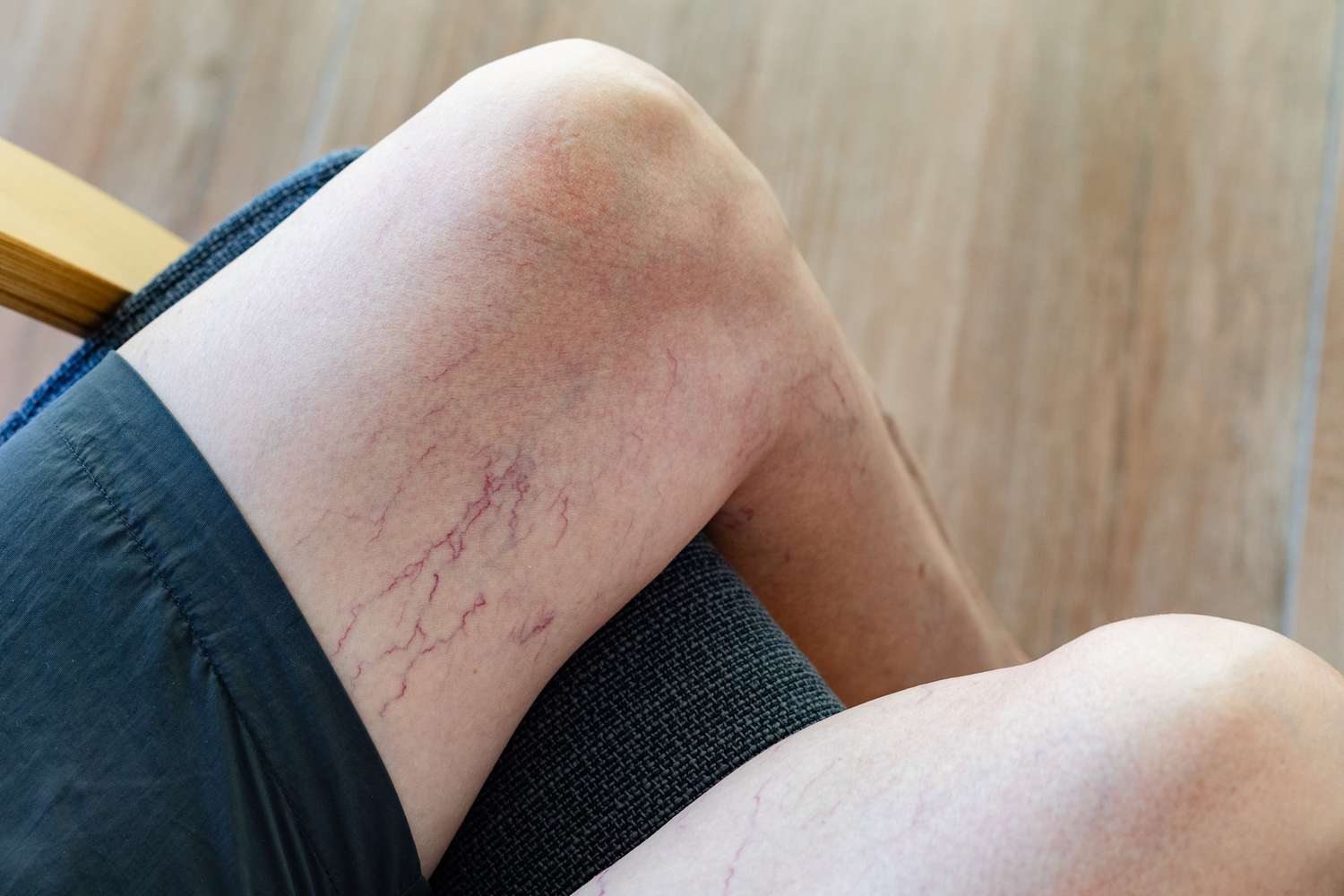Beyond Bulging Veins: Understanding Varicose Veins and Treatment Options
Our legs are a marvel of engineering, propelling us through life’s journeys. However, these tireless workhorses can sometimes develop a visible and potentially bothersome condition – varicose veins. These are enlarged, twisted veins that bulge just beneath the skin’s surface, most commonly appearing in the legs.
This article sheds light on varicose veins, their causes, symptoms, and the various treatment options available. By understanding this condition, you can work with your healthcare provider to develop a personalized treatment plan to address your specific needs.
Understanding Varicose Veins: Causes and Risk Factors
Varicose veins develop when the valves within the veins malfunction. Here’s a closer look at the factors that contribute to their formation:
- Valve Dysfunction: Healthy veins have one-way valves that ensure blood flow towards the heart. When these valves weaken or become damaged, blood can flow backward and pool within the veins, causing them to enlarge and become varicose.
- Increased Pressure: Certain factors can increase pressure within the veins, making them more susceptible to varicose development. These include pregnancy, obesity, prolonged standing or sitting, and hormonal changes.
- Family History: Having a family history of varicose veins increases your own risk. This suggests a potential genetic link to vein weakness.
- Age: The risk of developing varicose veins increases with age, due to the natural wear and tear on the vein valves.
Beyond Appearance: Symptoms of Varicose Veins
While varicose veins can be a cosmetic concern, they can also cause various symptoms, including:
- Visible Bulging Veins: These enlarged, twisted veins appear just beneath the skin’s surface, often described as blue or purple in color.
- Aching or Heaviness: Aching, heaviness, or a feeling of tiredness in the legs, especially at the end of the day or after prolonged standing or sitting, is a common symptom.
- Itching and Burning: The affected area might feel itchy or burning, causing discomfort and potentially disrupting sleep.
- Skin Changes: In severe cases, varicose veins can lead to skin changes like discoloration, dryness, or even leg ulcers.
It’s important to note that not everyone with varicose veins experiences symptoms. However, if you experience any of these symptoms, especially in conjunction with visible varicose veins, it’s advisable to consult your healthcare provider for evaluation and treatment options.
Treatment Options for Varicose Veins: Beyond Compression Stockings
While compression stockings can help alleviate symptoms of varicose veins, various minimally invasive treatment options are available:
Sclerotherapy:
This procedure involves injecting a solution into the varicose vein, causing it to scar and collapse. Over time, the body reabsorbs the collapsed vein. Sclerotherapy is typically performed in an outpatient setting and may require multiple sessions depending on the severity of the varicose veins.
Laser Treatment:
Laser therapy uses laser energy to heat and close the varicose vein. This approach is effective for smaller varicose veins and can be performed in a doctor’s office.
Radiofrequency Ablation:
This minimally invasive procedure uses radiofrequency energy to close the varicose vein. A catheter is inserted into the vein, and radiofrequency waves are delivered to heat and seal the vein.
Varicose Vein Surgery:
In some cases, traditional surgery might be necessary to remove larger varicose veins. This is typically an outpatient procedure with minimal recovery time.
Living Well with Varicose Veins: Prevention and Management Tips
While there’s no guaranteed way to prevent varicose veins, certain lifestyle changes can help reduce the risk and manage existing symptoms:
- Maintain a Healthy Weight: Excess weight puts additional strain on the veins.
- Engage in Regular Exercise: Physical activity improves circulation and helps prevent blood from pooling in the legs.
- Elevate Your Legs When Resting: Elevating your legs above your heart level can help promote healthy circulation.
- Avoid Prolonged Standing or Sitting: Take frequent measures, avoid standing and sitting for a long time.


